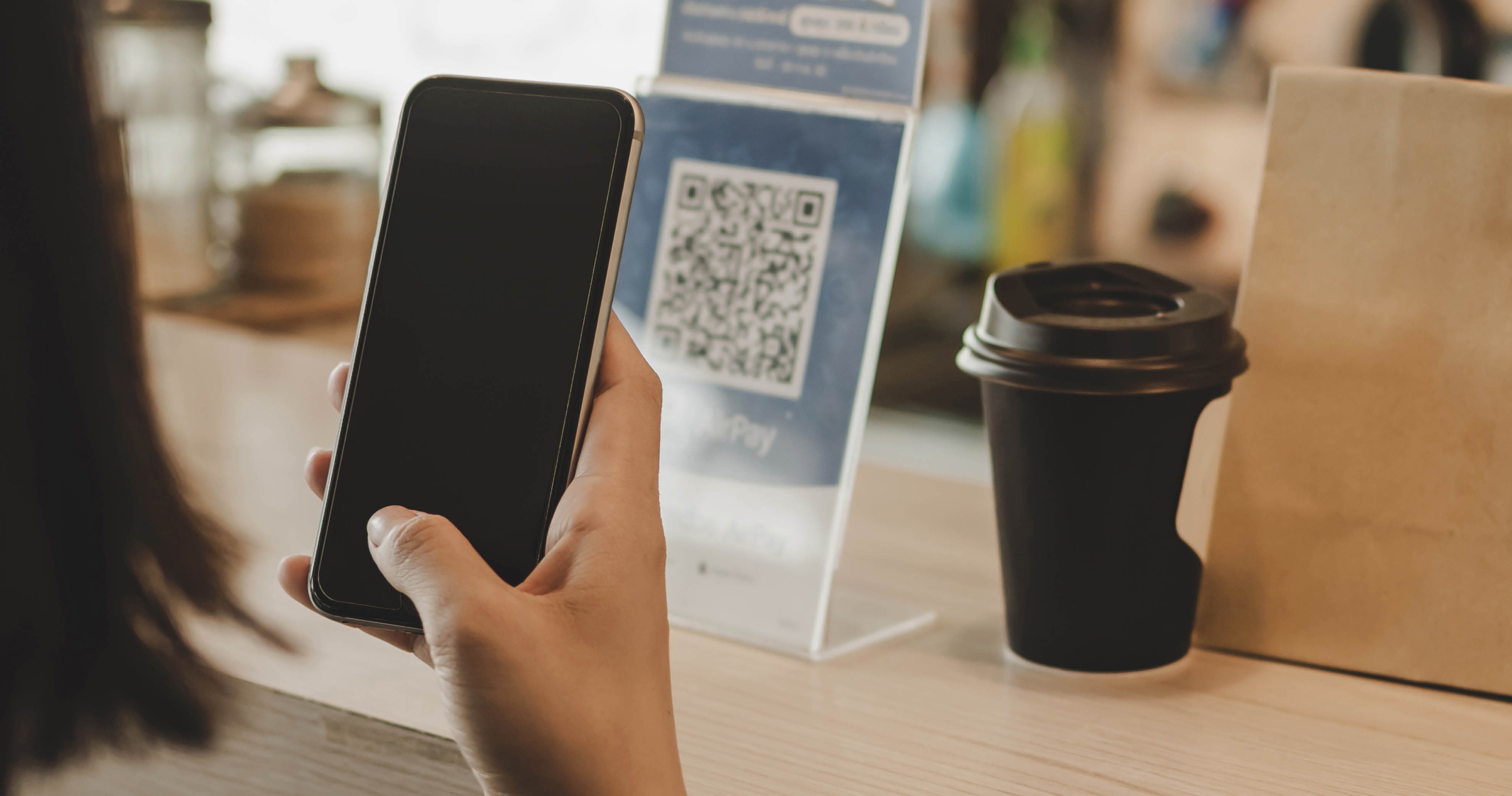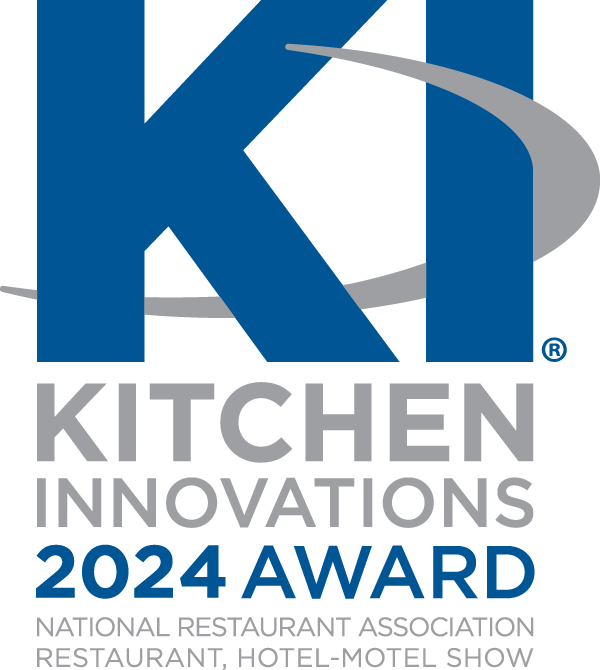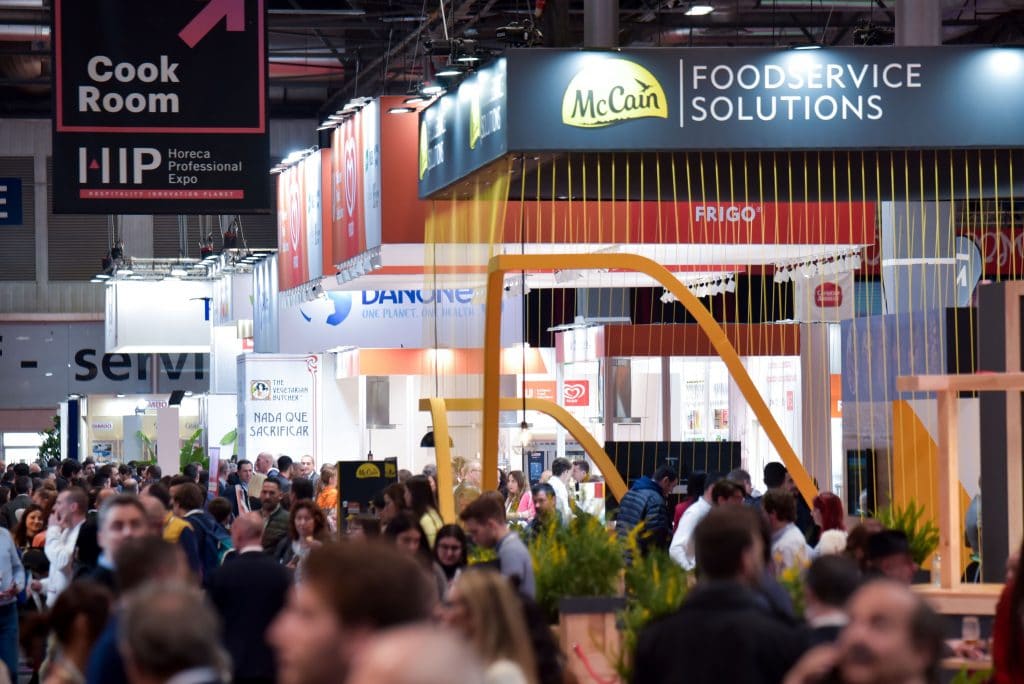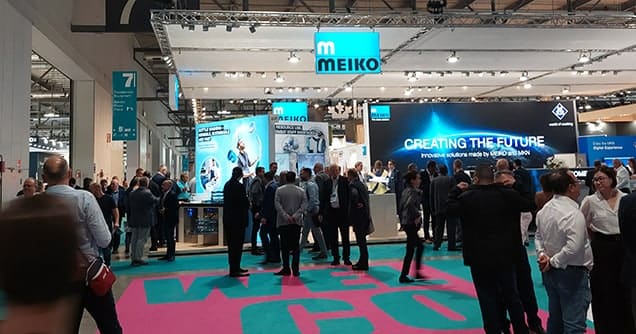
Dining out is an experience that constantly evolves, as new food trends break the mold of what diners expect, and as new ways of creating an atmosphere, serving food and engaging with customers emerge. Technology plays a key role in defining the front-of-house (FOH) experience, whether it is opening up a new delivery channel or enabling the customer to engage with food and waiting staff in an entirely new way.
We live in a world where we can eat in many varied settings – in restaurants and cafés, food halls, on the street, at home or on the move. In each of these environments, the quality of the food is paramount, but people increasingly want to tailor their dining experience to suit their needs. Whether they want to see the food prepared and enjoy the theater of cooking, whether they want the convenience of ordering on their mobile phone, or they want quick delivery at home, the technology to deliver those experiences is of paramount importance.
At center stage in the FOH experience is the digital transformation of guest interactions. So accustomed are we to using our smartphones to handle shopping, banking and social interaction, we increasingly expect our engagement with foodservice operators to be conducted through the same channels.
“That’s been the area most impacted,” says Tarah Schroeder FCSI, executive principal at US consultancy Ricca Design Studios. “Mobile ordering technology and changes in the transactional experience are shifting foodservice employees away from ordering or payment transactions to more of a hospitality role, where they greet and serve the guests. So, there are smaller areas for ordering, queuing and paying. That is where it has impacted the design phase.”
Delivery and a digital destiny
The switch to digital interaction has been greatly accelerated by the Covid-19 pandemic. Just as it pushed the world towards contactless payment in shops, so it has forced the foodservice sector to consider remote ordering via customers’ own devices, or through technology installed at their tables.
“Mobile-first guest interaction has had a big impact, though adoption has not happened fully,” says Joseph Schumaker FCSI, president and CEO of FoodSpace and chair of the FCSI technology committee. “That is starting to flip, and the pandemic has accelerated it, especially with the development of ordering apps. We were talking about the use of personal devices and contactless long before the pandemic, but the adoption rate was low – less than 3%. Now it is more than 50% in some segments, even though the technology has not improved that much. It existed five years ago.”
The effect of the pandemic cannot be overstated. As Schumaker points out, the potential for digital ordering to revolutionize the way customers engage with foodservice operations has been there for many years, but its appeal did not grow as many had expected. “Covid has accelerated the digital side of every industry,” he says. “Twenty years ago there was a company that delivered groceries from any store and customers could order online. It failed because customers weren’t ready for their shopping to be done for them. Now, around 30% of groceries in the US are delivered. The pandemic poured gasoline on that process.”
“Still, I don’t think we’ve broken the last mile on delivery,” he adds. “But we have poured resources into the gig economy to get it done. We have Uber drivers delivering groceries now.” In future, that last mile might be handled by autonomous vehicles. Customers will order online from restaurants or grocery stores and driverless cars will pick up and deliver the order. “The technology is there and will get even better,” Schumaker says. “I’ve seen a semi-truck drive itself from Dallas, Texas to California without a driver. That tech is nearly available or exists already, but we’re maybe 10 years or more away from implementation – .”
“Where we can create automation is on the ordering side, through the POS system,” he adds. “There, we can get many data points that go into the cooking of the food. We already understand the data points of the selling of the food and technology is pushing through to consumers in a way it hasn’t before, but there are still points where the chain gets broken because a machine or a piece of data doesn’t interact in the right way.”
POS systems have advanced in recent years, tracking sales and sending data through to inform menu choices and the ordering of ingredients. It can track what sells well on certain days and even when weather conditions change, thanks to the power of big data. That flow of information has helped businesses adapt to the takeout and delivery models that have been so important during the pandemic. However, as we emerge from the restrictions on travel and social interaction, there will be a resurgence of interest in the experience of dining out and meeting people in the flesh. That, too, will be shaped by digital technology.
The immersive experience
At inamo, which runs two restaurants in the heart of London, UK, every aspect of the dining experience is infused with technology. Interactive projections on the surface of guests’ tables enable them to set the mood, discover the local neighborhood, play retro games, view a live chef-cam feed, and even draw digital graffiti.
“From the start, we have always been an experiential concept and when we opened our first restaurant in 2008 we were talking about the guest experience, which has since become en vogue,” says Noel Hunwick, marketing director and co-founder of inamo. “It has always been about that, which is why we have come out of lockdowns in a positive way – people are looking for that and are willing to travel for an experience. From the start we said it should be fun and functional.”
Using tabletop technology, guests can order or request their bill whenever they want, and access functions that create more of a theatrical experience, whether through video feeds or games.
“Some people play with the tech throughout the meal, but it is also to remove some pain points, like ordering and paying,” says Hunwick. “We’re taking some of that off the serving team’s plate. We can also track the servers’ performance, get feedback and see if they have upsold any items. They can focus on looking after guests rather than running items through the till.”
“When we first talked about it 16 years ago, people questioned technology in a social space, but we have created a convivial atmosphere – a buzzing place – enabled by the technology,” he adds. “People are comfortable with ordering via the table now. We provide the tech, rather than people using their own devices.”
Rise of the robots
At inamo, the serving staff are freed from mundane tasks to focus on service. The same is true in the senior living facilities designed by FCSI Associate Andrey Teleguz, principal at SCOPOS Hospitality
Group, although using a very different
type of technology.
“Right now, if you google the ‘Great Resignation’ you’ll see that people in the US are quitting their jobs, changing their careers,” he observes. “There is a major national labor crisis. That affects how you look at kitchens and dining areas. The bigger picture is about having enough staff and servers.”
The solution he has created, along with engineering and AI company Bear Robotics, has introduced robotic servers to reduce the number of human servers required to focus on the tasks of delivering food to the table and taking away used dishes.
“It was a big challenge for us, but instead of having four servers in a dining room, now I can have two, along with two support robots,” says Teleguz. “Each server can handle a larger zone. The cook cooks, the robot parks in the kitchen and gets a table number, then drives around all obstacles and delivers the food. The server comes over to put it on the table.”
“It means that the servers don’t leave the dining room,” he adds. “They are not going to the kitchen or bussing plates to the dishroom. They can call the robot to where it needs to be. Currently, we have at least 24 projects where these robots are used and customers love them. They are doing the jobs that servers don’t want to do. Customers are even naming them and putting name badges on them.”
The success of the robots means that, for Teleguz at least, the growing presence of robots in front-of-house settings, as well as in the kitchen, is a no-brainer.
“They will be a supporting element rather than replacing humans entirely,” he says. “Not having this solution means having minimum wage runners. Someone might injure themselves or call in sick. Robots are different. There is service and support and programming. They cost $3.50 an hour and no workers’ compensation to pay, and they are always on time. That is better than paying a person $14 an hour.”
Robotics will not be the only advanced technology to reshape the FOH experience. Innovation is always on-going. For example, McDonald’s has recently partnered with IBM to accelerate its voice-ordering capability, which will use artificial intelligence and natural language processing to make the ordering process even more intuitive and natural, as well as quicker and more cost-efficient.
Whether guests want quick, simple ordering for delivery, or an intimate and social experience in a restaurant, technology will increasingly be the backbone of how foodservice operators deliver their front-of-house service.
Jim Banks




